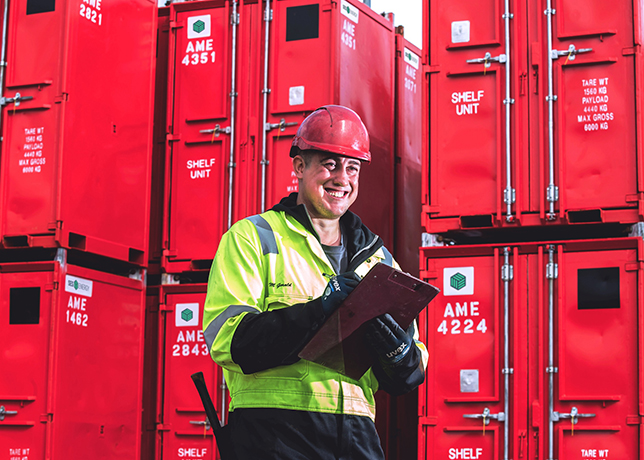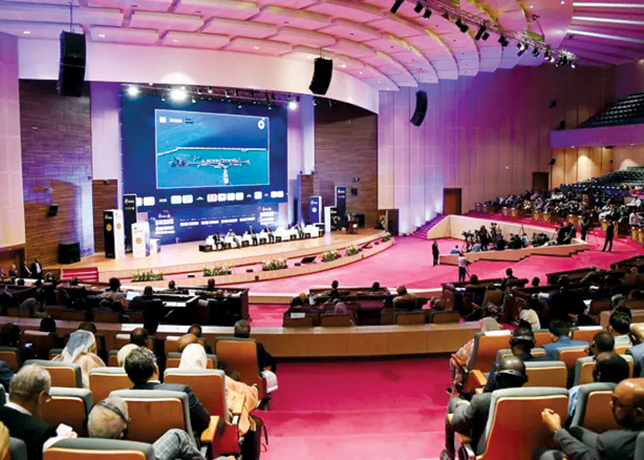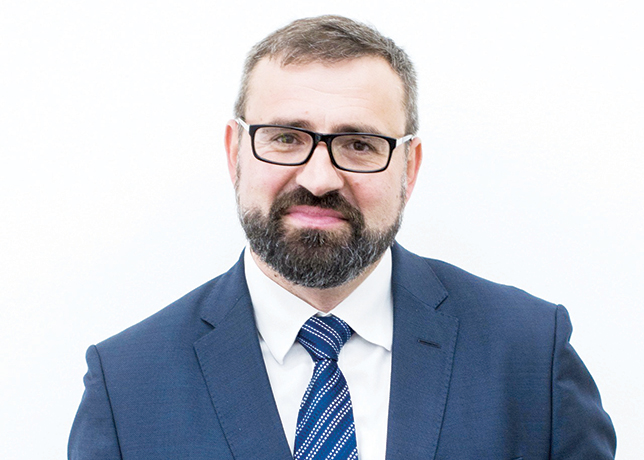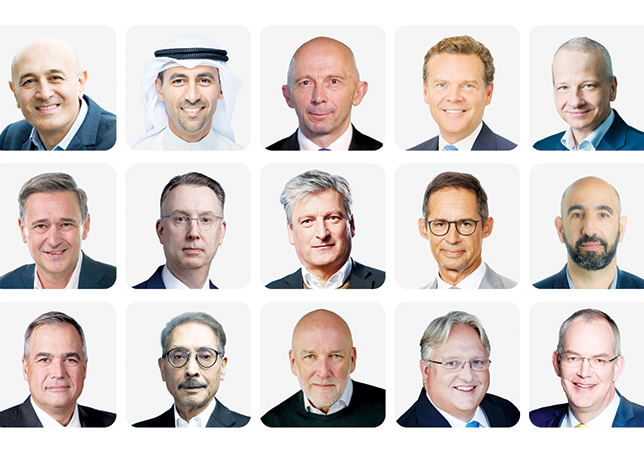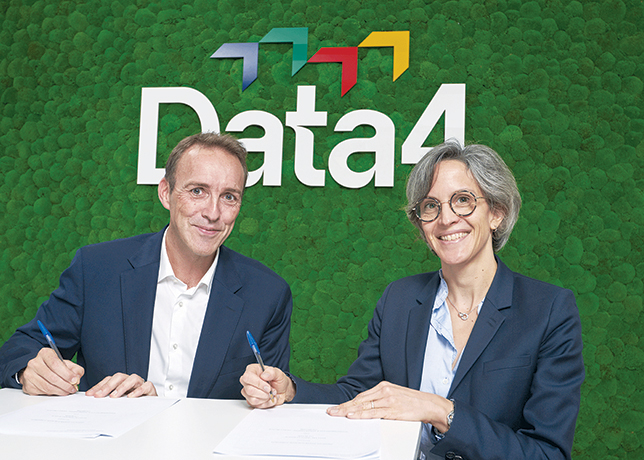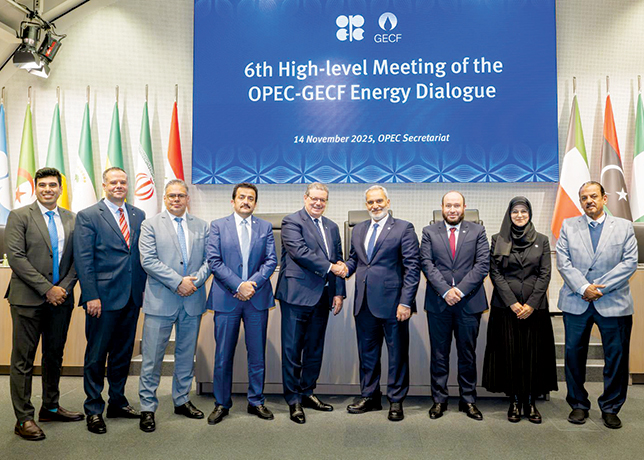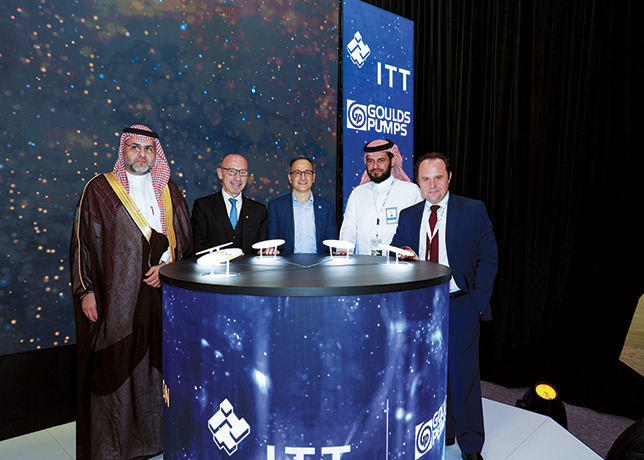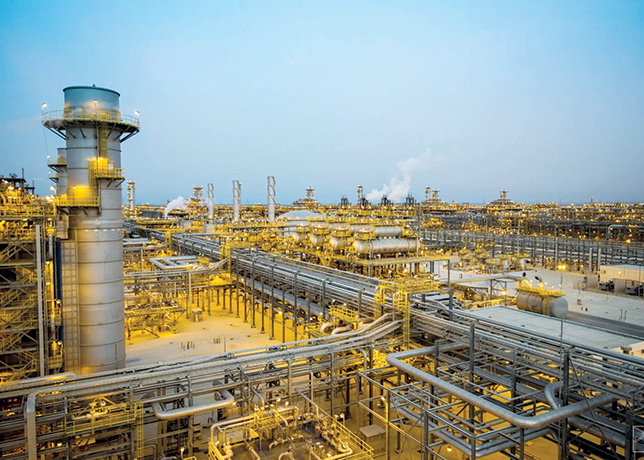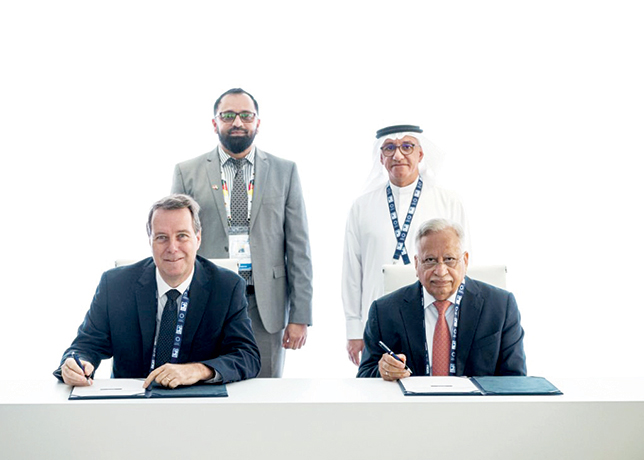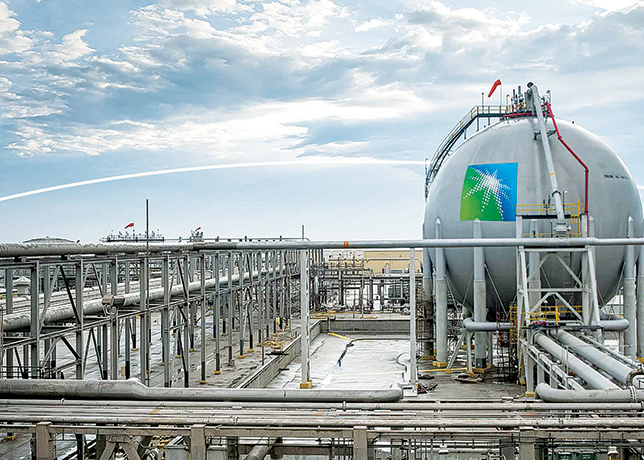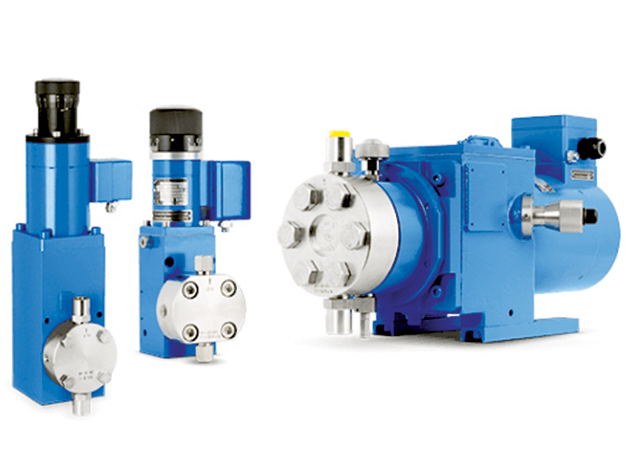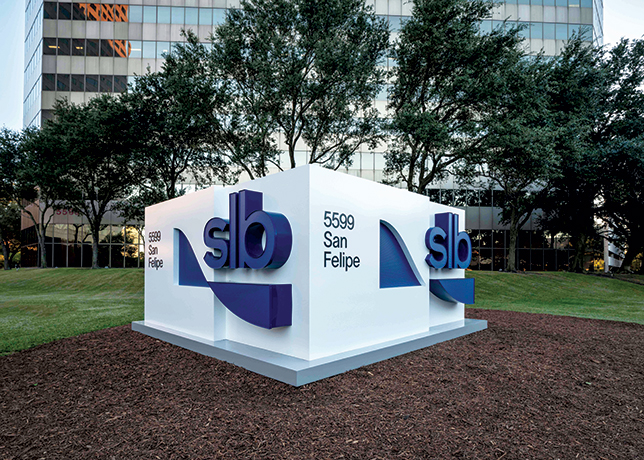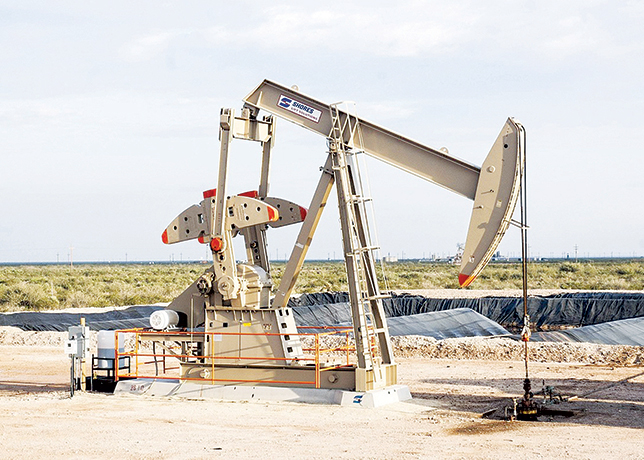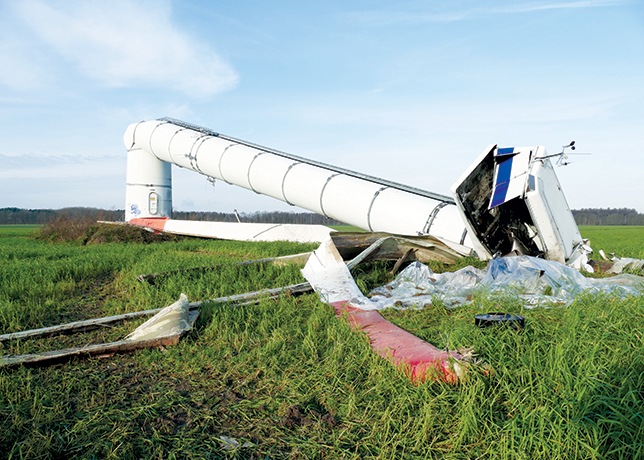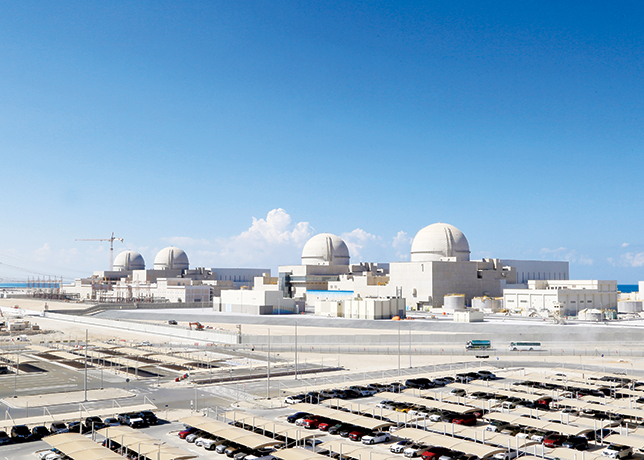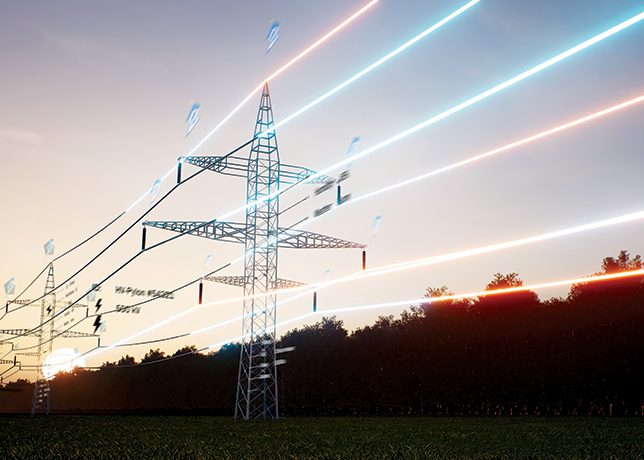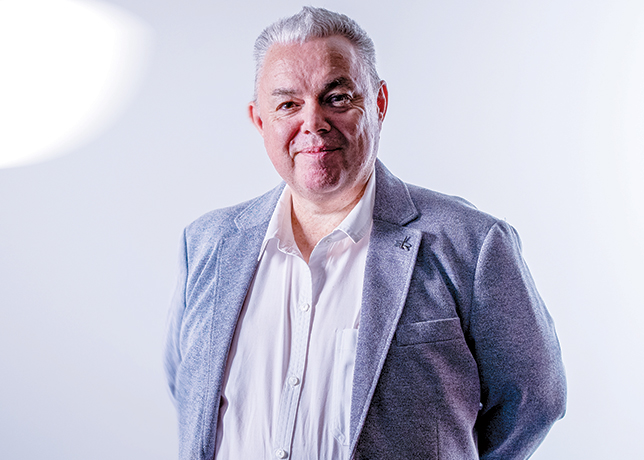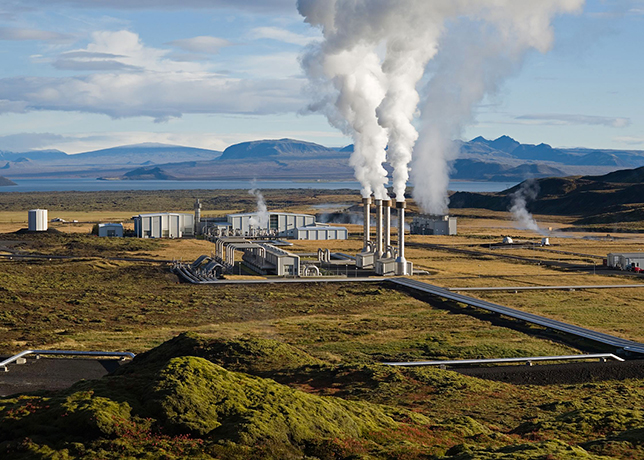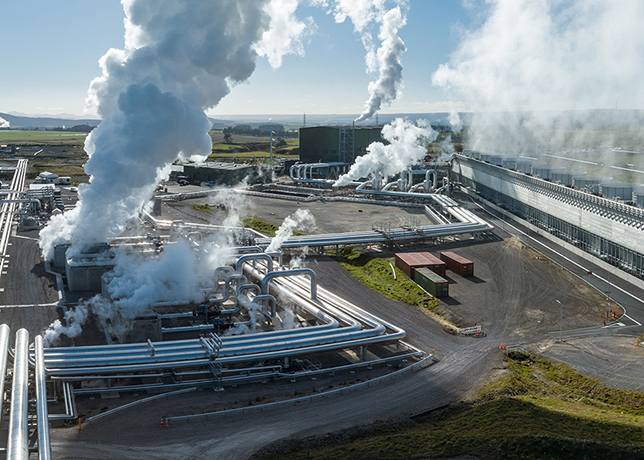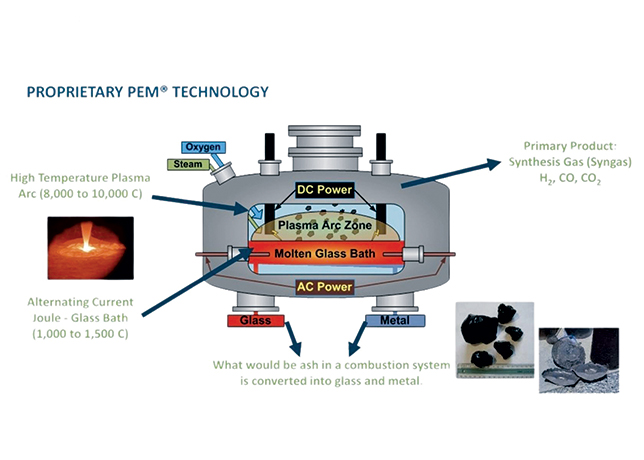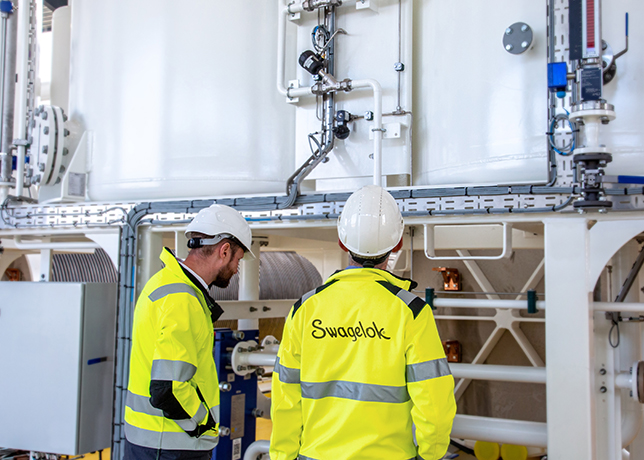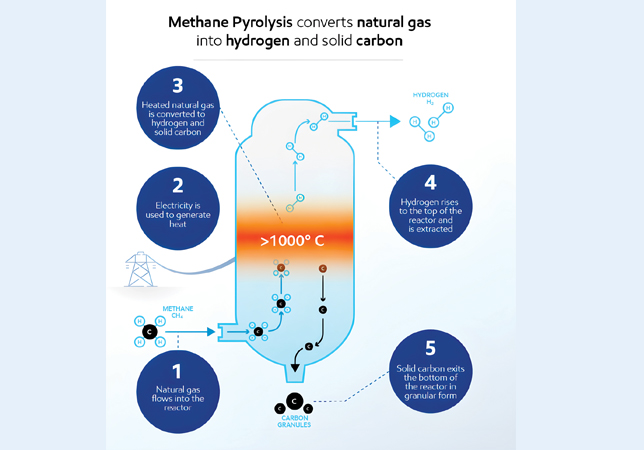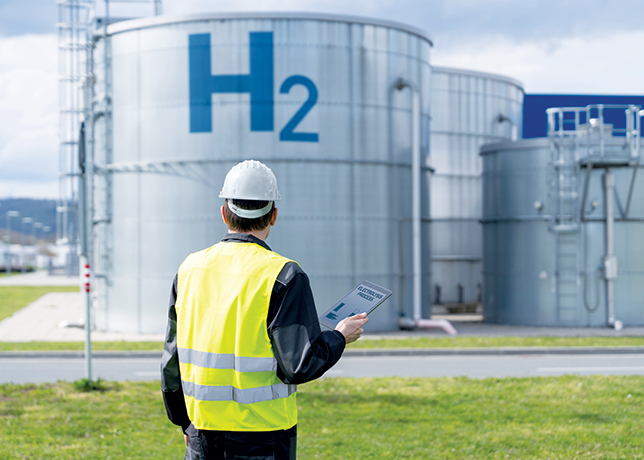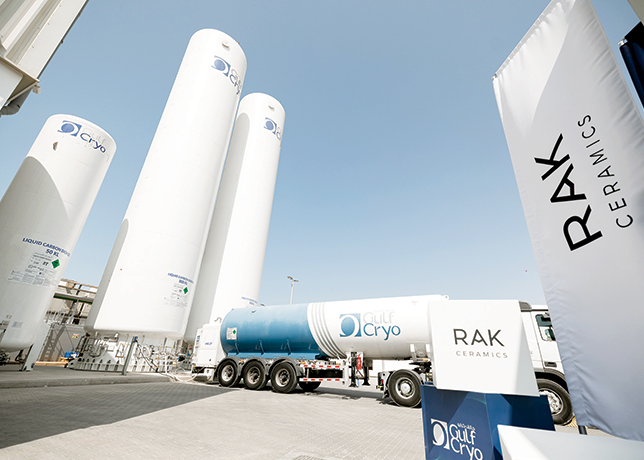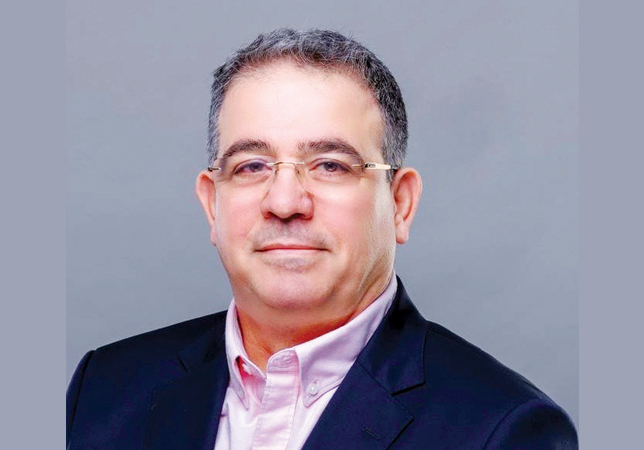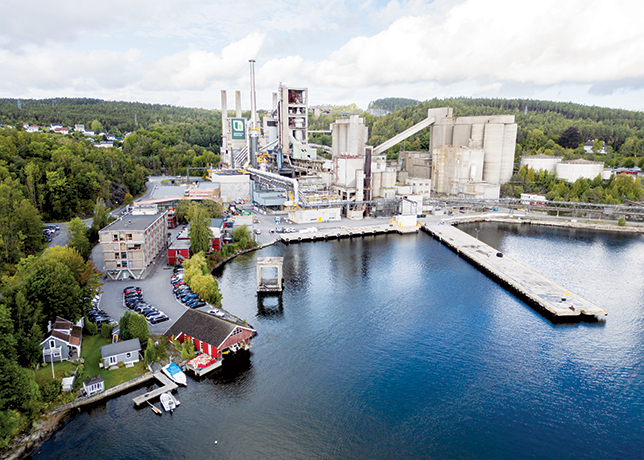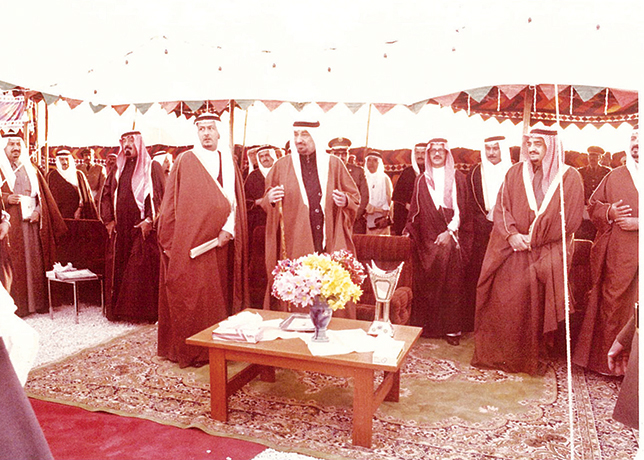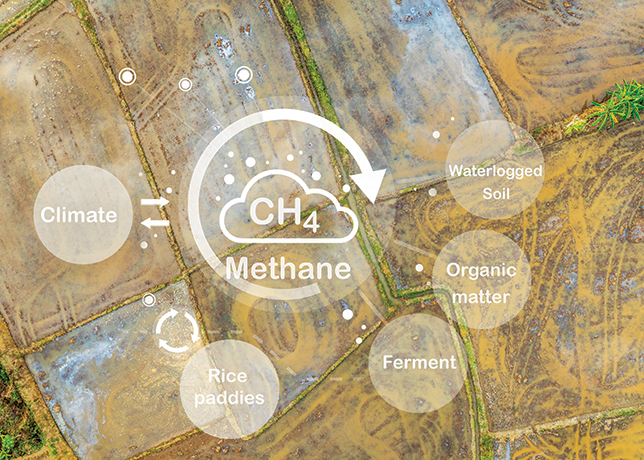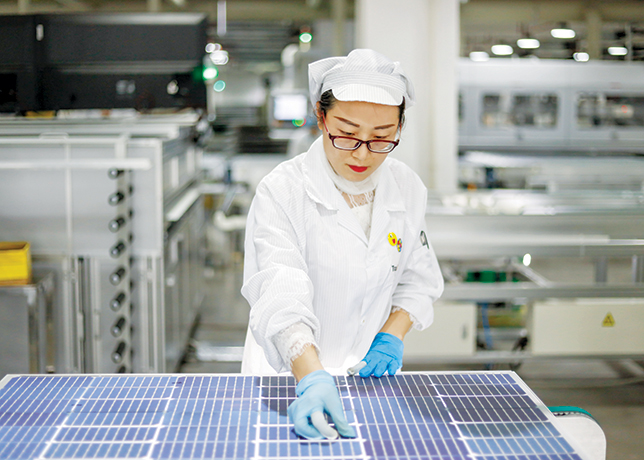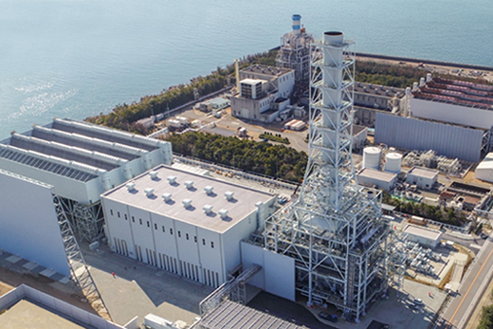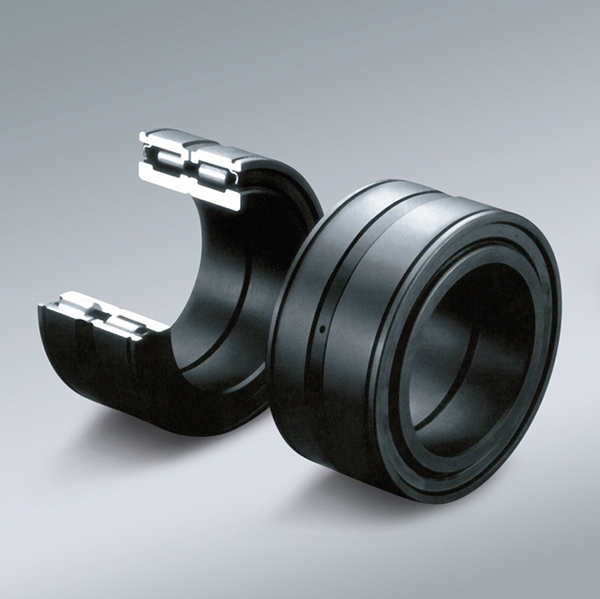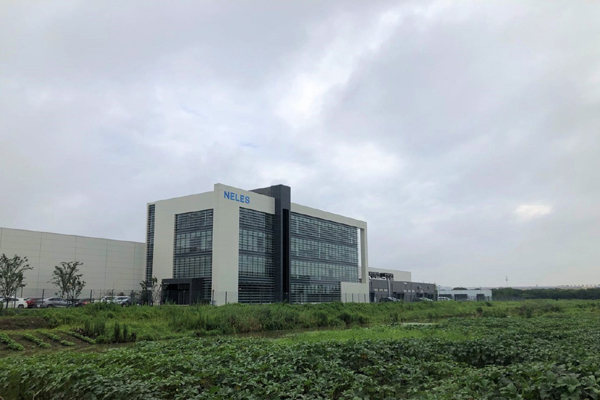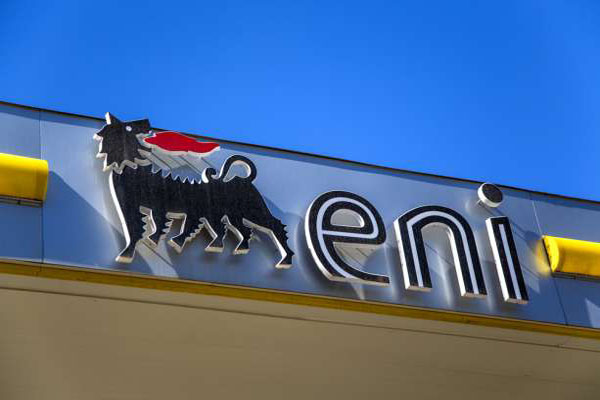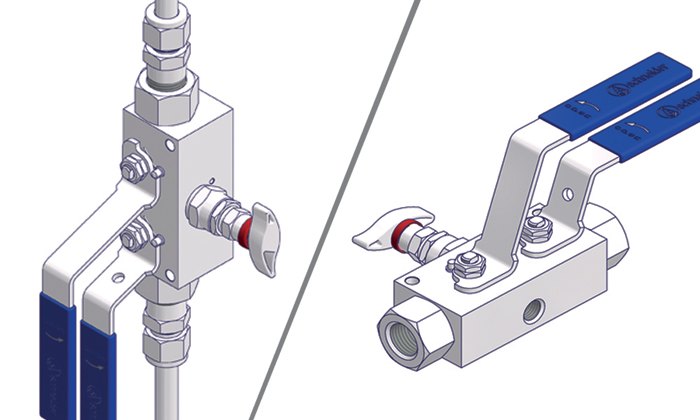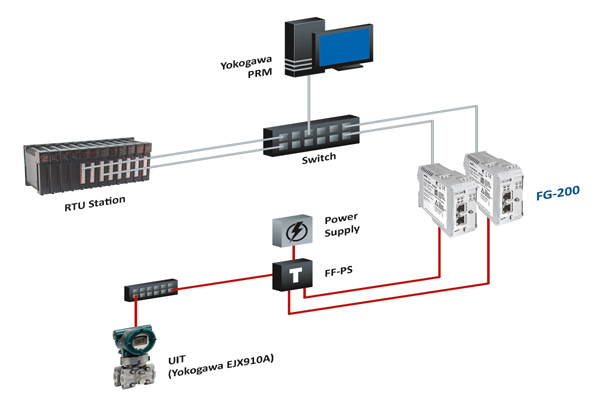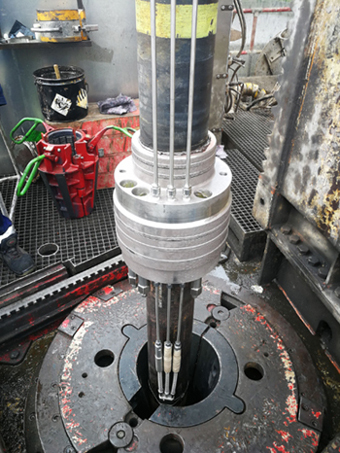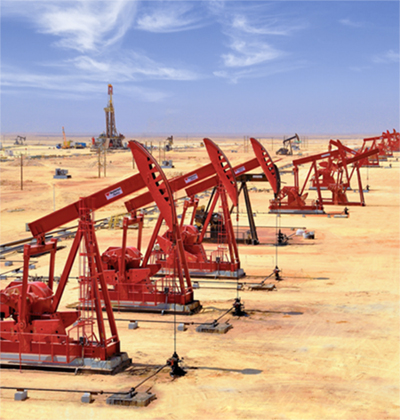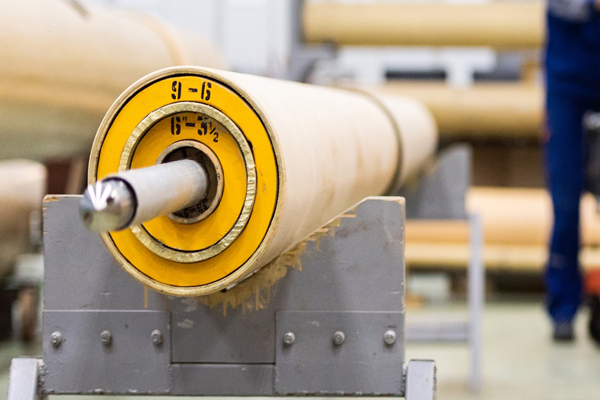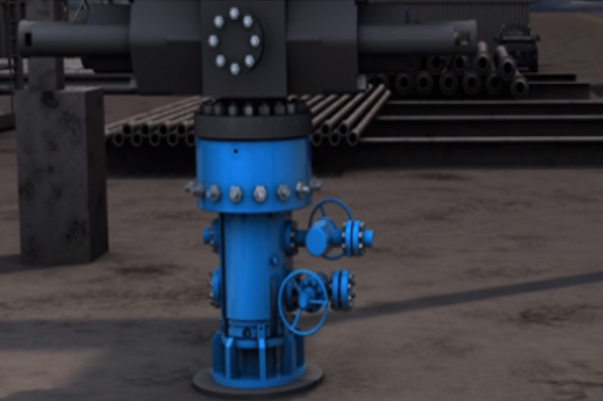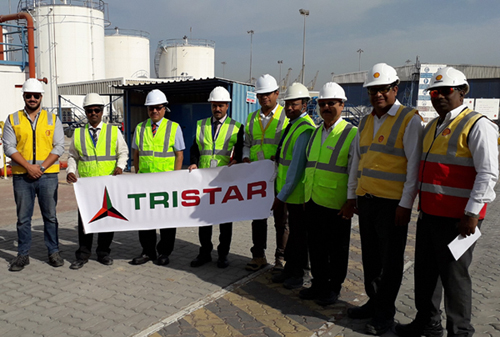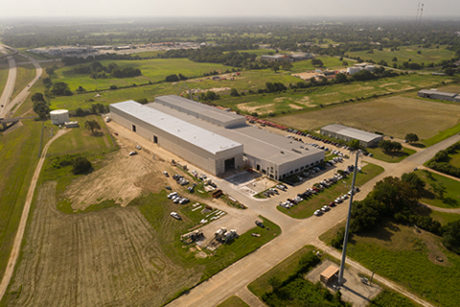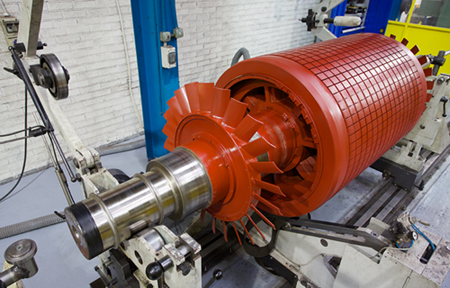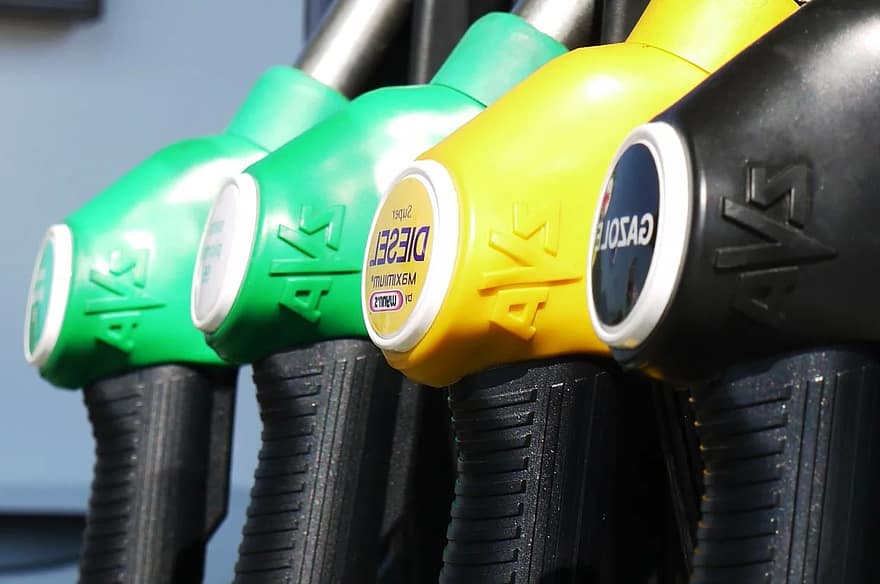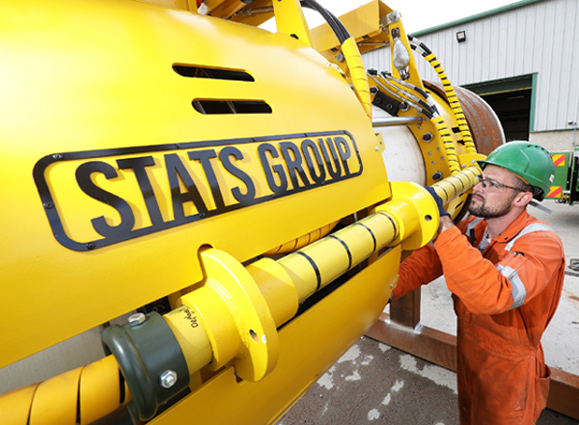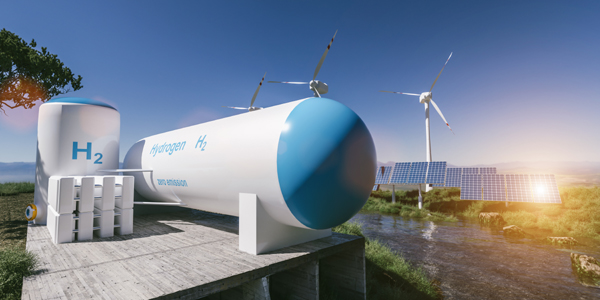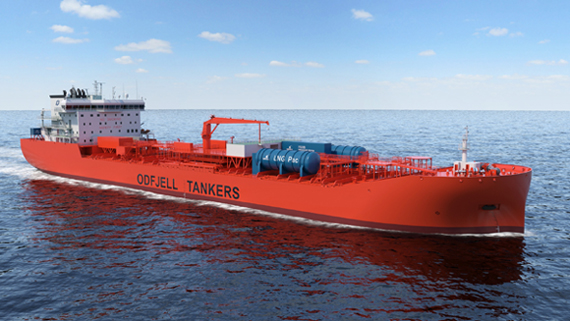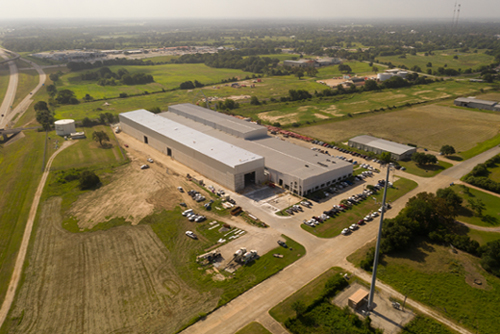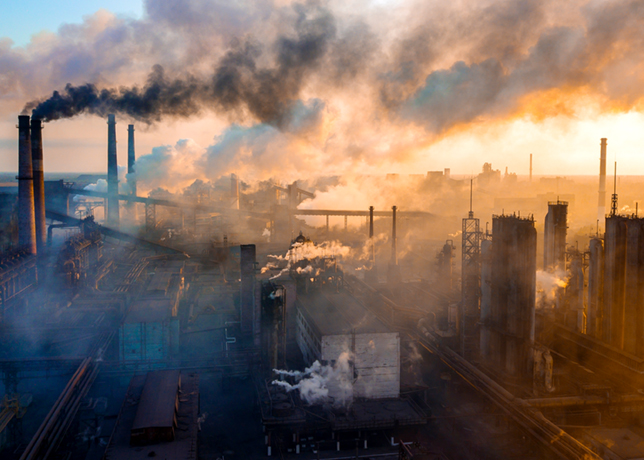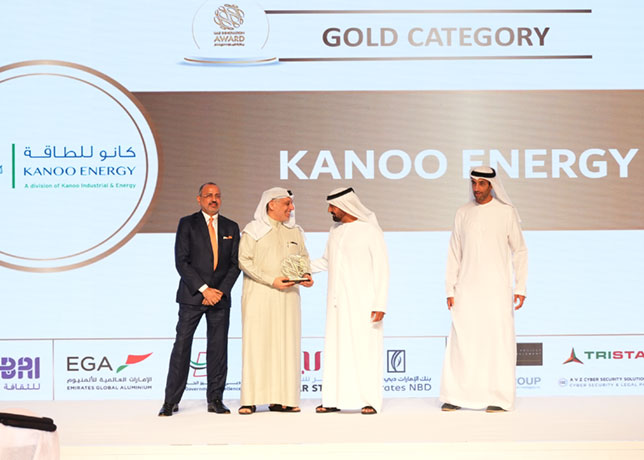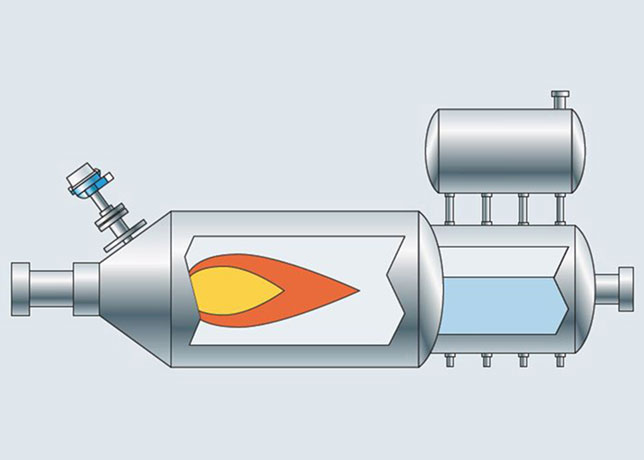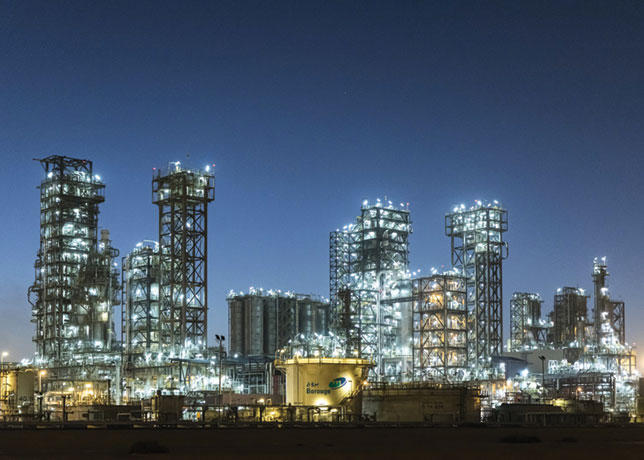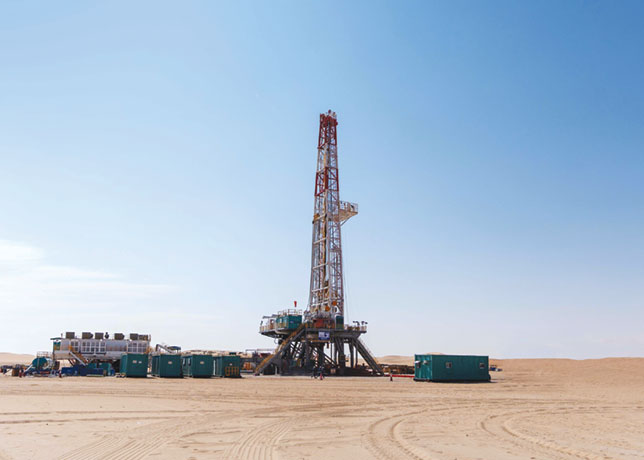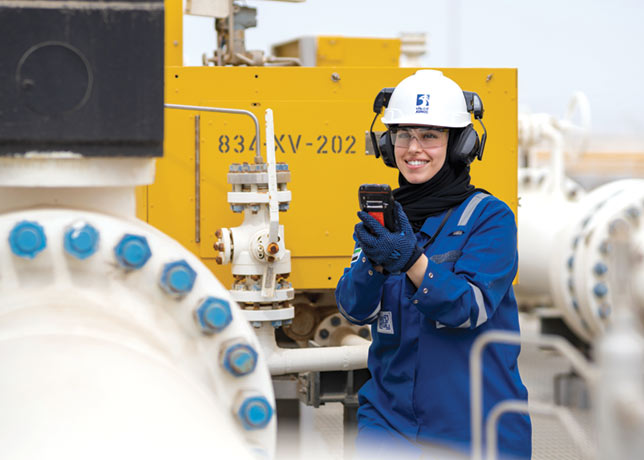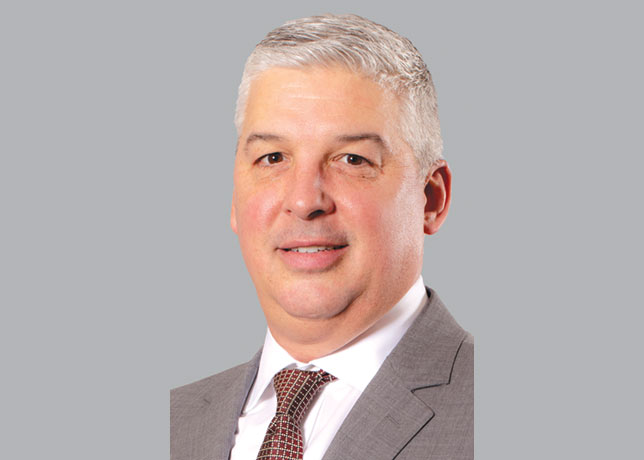
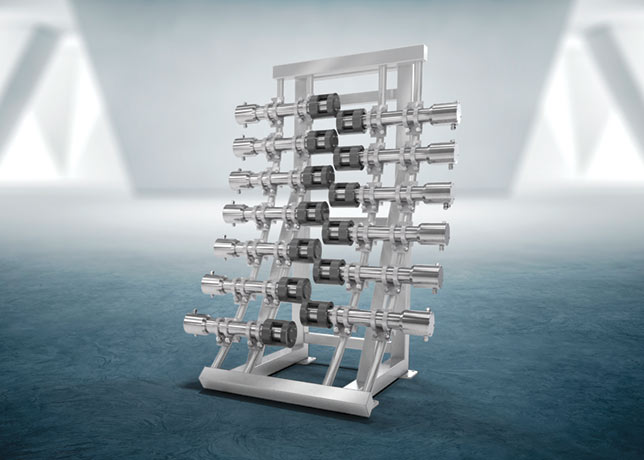 The EmulsionSENS detectors on a mounting structure
The EmulsionSENS detectors on a mounting structure
As refiners continue seeking ways to maximise efficiency, minimise downtime, and improve sustainability, radiometric multiphase level measurement system comes as a game-changer
In today’s competitive oil and gas landscape, process optimisation, equipment reliability, and sustainability are critical for maintaining profitability.
Among the many challenges refiners face, monitoring separation processes effectively is particularly complex yet essential.
Multiphase level measurement technologies, especially nuclear density profiling systems like Berthold’s EmulsionSENS, provide superior reliability, performance, and environmental benefits.
THE SEPARATION CHALLENGE
Separation processes are vital across oil and gas operations from separators and storage tanks to desalters and alkylation units.
In desalters, for example, ensuring a clear distinction between the oil, water, and emulsion layers is critical to prevent salt and water carryover, which can cause corrosion and fouling in downstream equipment.
Additionally, the occurrence of rag layers stubborn, semi-stable emulsions that resist separation can further complicate the process.
Without proper monitoring, these rag layers can lead to inefficiencies, increased chemical consumption, and potential process upsets.
Measurement technologies fall into two categories: Direct and indirect methods. Direct methods like differential pressure and RF absorption physically contact process fluids but struggle with emulsion height changes and buildup interference.
Indirect methods, such as nuclear density profiling systems, offer more reliable monitoring under challenging conditions.
NUCLEAR DENSITY PROFILING: HOW IT WORKS
Radiometric measurements employ a simple yet sophisticated principle radiation attenuation.
 |
The EmulsionSENS system offers several operational advantages |
A typical system consists of a radioactive source and detector positioned on opposite sides of the vessel.
As gamma radiation from the source penetrates the vessel and its contents, the radiation intensity decreases based on the density of the materials it passes through.
This attenuation allows for accurate density determination of the vessel contents through appropriate calibration.
Different configurations exist in the market, but many utilise one or more internal sources inside dip tubes, with detectors positioned either on the vessel exterior or within internal dip tubes.
Berthold Technologies’ EmulsionSENS exemplifies an effective implementation of this technology, featuring internal sources in a curved dip tube and externally mounted detectors.
This design ensures that the electronics are always accessible, while providing multiple density measurements at different heights to create a comprehensive density profile of vessel contents.
PRACTICAL ADVANTAGES FOR OPERATORS
The EmulsionSENS system offers several practical benefits that translate to operational advantages:
• Extended measurement range: By using multiple sources in a single dip tube, EmulsionSENS offers an almost unlimited measurement range, whereas some competing systems are limited to 1-1.5m ranges per dip tube.
• Advanced algorithms: Sophisticated algorithms not only output density values but determine individual layer filling levels, providing redundant measured values through independent outputs.
• Compact, permanent shielding: A permanently mounted, small shield enhances safety, especially during maintenance.
• Simplified source exchange: All sources can be pulled into the shield and replaced together, reducing radiation exposure.
• Fault tolerance: Even with detector failures, EmulsionSENS continues providing level readings, unlike competitors that fail with a single malfunction.
• Buildup resistance: The configuration with detectors outside the vessel and sources inside a dip tube creates longer, more consistent measurement paths that are neglectable influenced by process buildup.
SUSTAINABILITY IMPACT IN DESALTER OPERATIONS
Beyond operational improvements, EmulsionSENS technology delivers significant sustainability benefits, particularly in desalter applications:
• Reduced energy consumption: Traditionally, desalters require substantial energy to achieve necessary separation temperatures. With the improved level control provided by EmulsionSENS, operational temperatures can be significantly reduced, directly lowering energy requirements. Industry reports suggest a 10 per cent reduction can save approximately $500,000 annually in a medium-sized refinery, based on typical energy costs and consumption rates.
• Minimised equipment Fouling: Better separation reduces salt, mineral, and metal carryover, preventing heat exchanger fouling. Studies on refinery maintenance costs estimate potential savings of up to $200,000 per year.
• Extended equipment life: By limiting salt carryover and corrosion, refineries can extend equipment lifespan by 20 per cent, with material replacement costs reduced by an estimated $300,000 annually.
• Catalyst protection: Reducing iron (Fe) and other contaminants extends catalyst life, cutting replacement costs by approximately $150,000 per year, according to operational case studies.
• Improved heat recovery efficiency: Less fouling means better heat exchanger efficiency, contributing to estimated energy savings of $100,000 annually, based on performance benchmarks in similar refineries.
REAL-WORLD IMPACT: CUSTOMER SUCCESS STORIES
The business impact of these systems extends far beyond technical specifications. Refineries implementing nuclear density profiling systems report remarkable operational improvements:
• Eliminated desalter upsets: One refinery experienced a decrease from 2-6 desalter upsets annually to zero in two years after implementation.
• Automated process control: Continuous adjustment of water outlet valves maintains proper control and minimise oil or mineral carryover
• Optimised chemical usage: Precise monitoring enables significant cost savings in chemical dosing
A refinery using EmulsionSENS reported transformative results, exclaiming, 'Bye-bye iron! Thanks for making it happen!'
Prior to installation, the operator had little visibility into vessel conditions. The new insights allowed them to adjust operational parameters to improve efficiency regarding iron carryover.
By maintaining lower interface levels in the vessel, they leveraged turbulence from the mud washing system to agitate the emulsion layer, assisting with iron dropout.
The operator praised the implementation and said: 'Perfect design and great result. It is performing like a dream!'
As refiners continue seeking ways to maximise efficiency, minimise downtime, and improve sustainability, the radiometric multiphase level measurement system comes as a game-changer.
The ability to 'see' inside vessels with precision transforms operational decision-making, enabling proactive adjustments that prevent upsets, optimise chemical usage, and extend equipment life.
The sustainability benefits are equally compelling reduced energy consumption, minimised fouling, extended equipment life, and improved catalyst performance all contribute to a smaller environmental footprint while simultaneously improving financial performance.
For operations dealing with multiphase separation challenges, these systems represent not just improved measurement capability, but a strategic investment in operational reliability, profitability, and environmental responsibility.
FURTHER APPLICATIONS IN THE REFINERY INDUSTRY
• Multiphase level measurement for monitoring the oil/emulsions/water interface in desalters.
• Level measurement in distillation bottoms.
• Level and high / low level alarm the catalyst regenerator and hoppers (CCR).
• Level and density in fluid catalytic cracking processes (FCC).
• Phase level, continuous level, and level switches in alkylation units.
• Level and density on resid hydrocracking processes.
• Continuous level and high-level alarm in delayed coking units.
• Measuring the level in solvent deasphalting units (SDA).
For further information please visit this link: www.berthold.com/see-the-phases
ABOUT BERTHOLD TECHNOLOGIES
As a global technology leader in radiometric measuring systems, Berthold stands out for its exceptional measurement performance and reliability. Its products are widely used across various industries, including chemicals and polymers (for example, the fertiliser industry), steel and power plants, mining and mineral processing, waste and recycling, refineries, paper, glass, and the food industry (for example, sugar beets).
Additionally, its portfolio includes advanced microwave measuring systems for precise moisture and concentration analysis.
With a legacy of more than 75 years, Berthold has been producing high-quality measuring systems for industry and research, all from our headquarters in Bad Wildbad, nestled in the Black Forest.








